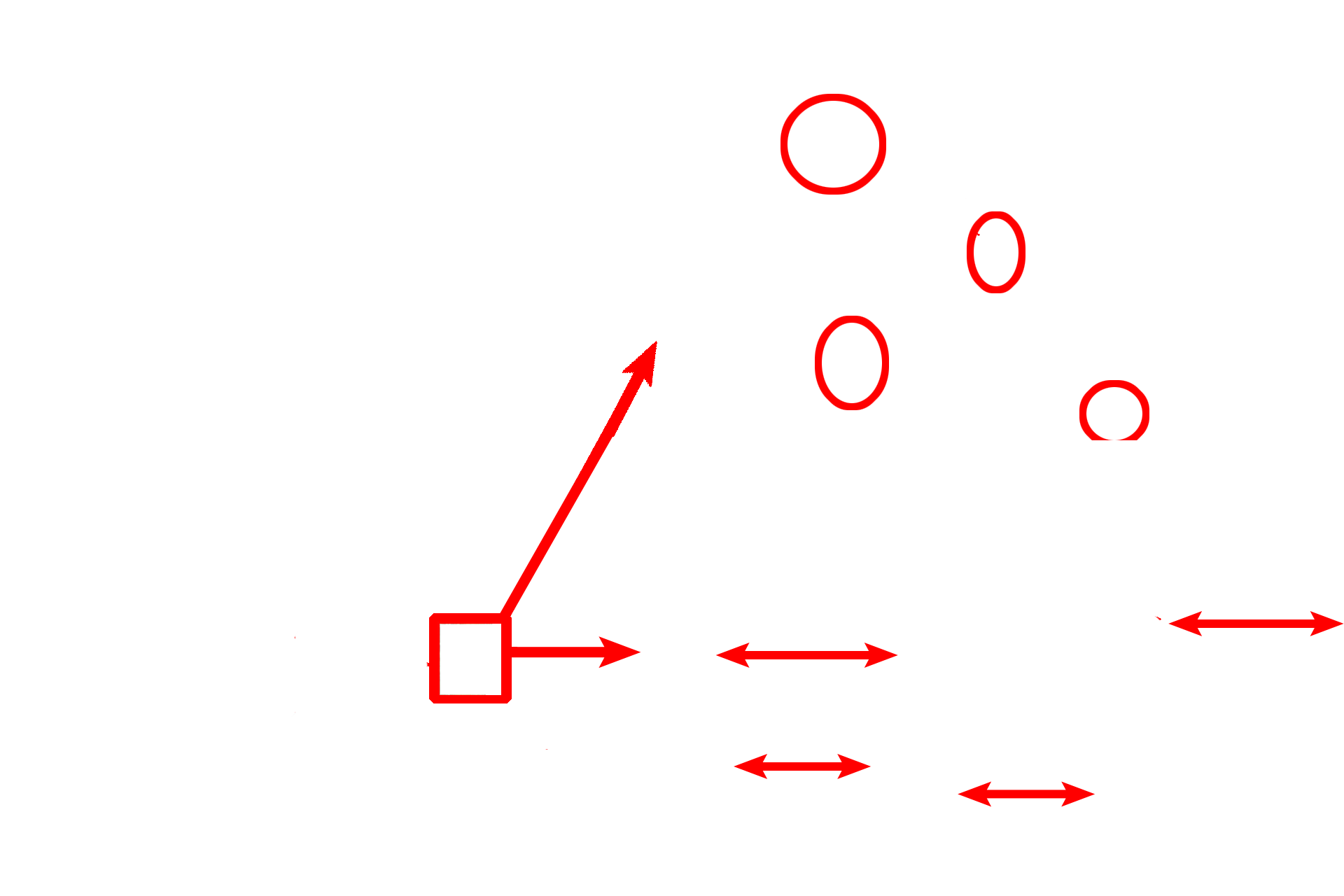
Bone: macroscopic appearance
Compact bone is seen in a decalcified bone preparation, above right, and in a ground bone preparation, below right. In both images on the right, the outer surface of the bone is in the upper right. 100x, 200x

Compact bone >
Bone is classified as compact if the volume of bone exceeds the volume of non-bone tissue within any given area. Although compact bone appears solid with the naked eye, numerous spaces (arrows) are readily apparent under the microscope. Each space is lined by endosteum and possesses a blood vessel(s) needed for the maintenance of the bone.

Osteons
Bone is classified as compact if the volume of bone exceeds the volume of non-bone tissue within any given area. Although compact bone appears solid with the naked eye, numerous spaces (arrows) are readily apparent under the microscope. Each space is lined by endosteum and possesses a blood vessel(s) needed for the maintenance of the bone.

- Haversian canals
Bone is classified as compact if the volume of bone exceeds the volume of non-bone tissue within any given area. Although compact bone appears solid with the naked eye, numerous spaces (arrows) are readily apparent under the microscope. Each space is lined by endosteum and possesses a blood vessel(s) needed for the maintenance of the bone.

Circumferential lamellae >
Compact bone can also be laid down in layers on exterior and/or interior bony surfaces, forming circumferential lamellae. Outer circumferential lamellae are demonstrated in these images.